This post is part of A Shroud of Thoughts‘ British Invaders Blogathon. Terry has been blogging there for an amazing 10 years. Happy blogaversary, Terry, and many many more!
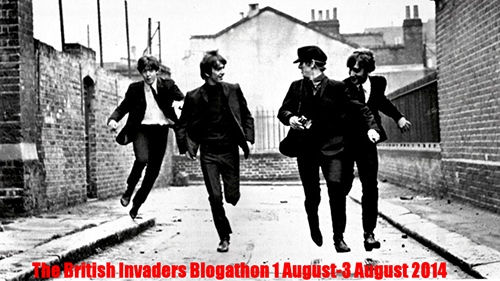
As you may know, one of my favorite film genres is the spy picture. I’ve spent enough hours with James Bond, Jason Bourne, Miss Froy, Captain Hardt, Gus Bennett, Hubert Bonisseur de la Bath, and Evelyn Salt to know a good spy story when I see one, or in this case, read one. And quite appropriately — since Britain’s spies dominate the world’s pop culture consciousness — it’s about as British as you can get.
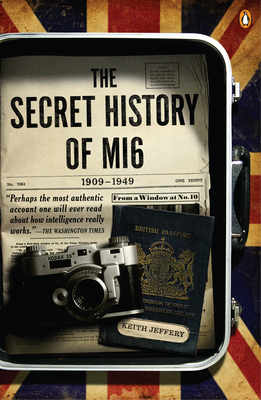
On the occasion of the 100th anniversary of Britain’s Secret Intelligence Service (MI6’s original and still official name) in 2009, its then-chief Sir John Scarlett commissioned Keith Jeffery, a History professor at Queen’s College Belfast, to write a history of the organization from its founding in 1909 through its adolescence in the early Cold War, 1949. The result is The Secret History of MI6, a fascinating tale of dedication, determination, occasional infighting, and patriotism.
Right away, I was surprised to learn that one of the most famous and highly-regarded intelligence services in the world was so underfunded that, at various times until the early 1940s, most personnel were not paid. So only those with sufficient private incomes could afford to work there, which would explain that upper-crust style that has carried through to many of the movies.
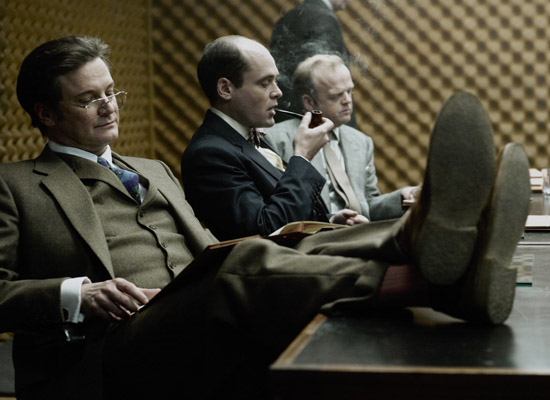
Other aspects of the book will seem familiar as well. After all, the two authors who are arguably most responsible for our collective notions of how spies and spying work — Ian Fleming and David Cornwell (aka John LeCarré) — were both employed in British intelligence (Fleming was in naval intelligence, Cornwell in SIS). Graham Greene, another purveyor of espionage tales like Our Man In Havana, was recruited into SIS by his sister, Elisabeth, who already worked there. (His supervisor? Now-notorious double agent Kim Philby.)
For instance…the chief of the Service was always known by a single letter — not M, but C, from the last name of the first chief, Sir Mansfield Smith-Cumming. There is an actual Q or Quartermaster Branch, officially known as “Stores and Equipment Administration.” Q Branch’s first project, in 1915, was secret writing ink. Agents were often referred to by numbers, though not double-0s.
From the very beginning, many field agents and “local talent” did (and probably still do) enjoy the high life. As early as 1910, Cumming wrote in his diary that spies always wanted more money than their information was worth and “‘all…without exception make a strong point of [eating and drinking] in the best style and at the most expensive restaurants.'” Cumming himself was “a keen pioneer motorist and a hair-raisingly fast driver,” who helped found a yacht club and got his pilot’s license in 1913 when he was 54 years old.
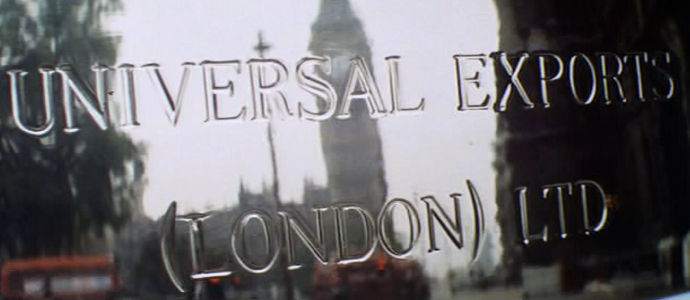 And, just like Austin “Danger” Powers, most British operatives conducted their business under their own names, usually with international business cover. Just like James Bond’s Universal Export. (A catch-all governmental office was also invented early on, specifically to provide cover — Passport Control, employees of which all have diplomatic immunity.)
And, just like Austin “Danger” Powers, most British operatives conducted their business under their own names, usually with international business cover. Just like James Bond’s Universal Export. (A catch-all governmental office was also invented early on, specifically to provide cover — Passport Control, employees of which all have diplomatic immunity.)
On the other hand, there are the stories I hadn’t heard. Jeffery was faced with a tough task when he agreed to write Secret History. SIS routinely destroyed all its intelligence. Almost as soon as information was received at headquarters and distributed to the relevant department or office, the papers were burned. However, he managed to find material enough for several great movies or mini-series.
One aspect of espionage I never thought of before is the difficulty the British had in disguising the intel they got from the signals interception and decryption at Bletchley Park during World War II. Jeffery illustrates in several instances that If they had acted on everything they knew, it would have been obvious they had broken the code, and the Nazis would have changed it. I wonder if this will be addressed in The Imitation Game, the upcoming movie about Alan Turing.
Another movie-ready WWII story is that of the “Dick Jones” network, which ran very successfully in Tunisia, after a rough start. “Jones” was captured, imprisoned and sentenced when first dropped into the country in late 1942, but was released by the French authorities when the Germans invaded. He had organized well during his stay in prison and by November 1942, his network was supplying information “‘so operationally valuable that First Army were literally hanging on our daily signals to them.'” The network grew with “high grade morale,” which led to “low grade security,” and many were arrested in January 1943. Some were executed and “Jones” himself landed in Colditz Castle as a prisoner of war.
A biography of Cumming, the first chief of SIS, would also make an interesting film. Cumming endured various personal tribulations while fighting to keep the fledgling Secret Service alive and separate from other agencies and branches of government. Now universally acknowledged to have been the perfect choice for the job, he was basically making up the espionage playbook as he went along, and his position was never secure at the time. Aside from fast vehicles, he was fascinated by gadgets and tradecraft, and some of his techniques are still in use today.
The book also includes accounts of British/French espionage successes during WWII. One in particular is that of Marie Madeleine Fourcade, and I hope it gets optioned soon. Fourcade, born the same year as SIS, led the French Resistance network Alliance, which gathered intel about German logistics inside occupied France and transmitted it by various means to Britain. This was incredibly dangerous work, and many Alliance members were captured, tortured, and killed by the Gestapo. Fourcade herself was captured four times. She was released twice, and twice she escaped — once by disrobing and squeezing herself out of a cell window, and once by being smuggled out in a mailbag. She and all her network had animal codenames, thus the title of her book, L’Arche de Noé, or Noah’s Ark.
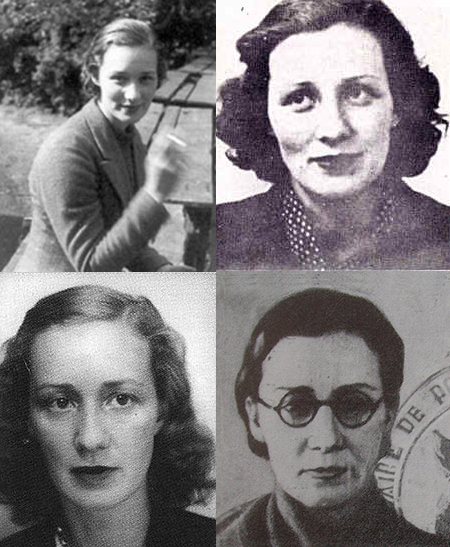
The Secret History of MI6 is a scholarly work and does sometimes get bogged in bureaucratic minutiae, but the vast majority of it is a compelling read. I do hope there will be a second volume, at least covering the rest of the 20th century.

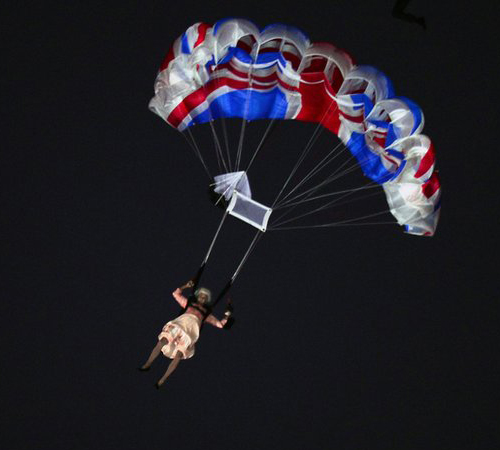
Thank you so much for participating in the blogathon, Paula! As a fellow fan of spy films and spy fiction, I will definitely have to read The Secret History of MI6. It sounds as if it could provide fodder for several movies or even an entire TV series (produced by the BBC or ITV, of course)!
Of course, hoping BBC already has their mitts on a couple of these. Hopefully they can get Hugh Bonneville to play Mansfield Cumming. I’m pretty sure you will like the book, let me know what you think 🙂
Interesting idea to review this book for the blogathon since MI6 became such a fertile ground for TV and movie plots. Personally, I never stop being surprised by all the great, famous writers who did real M16 work. Glad you decided to join the blogathon!
Thanks, I am glad I did too, and thanks for stopping by! They say…write what you know. But still…it ~is~ amazing, and what’s also amazing is that what’s been written about is probably just a fraction of what really went on.
The Secret History of MI6! Oh my, as a fan of Bond movies and spy genre in general, this is something right up my alley! I LOVE that cover design too, Paula, awesome!
I’m super excited for The Imitation Game and also that BBC miniseries called Bletchley Circle that our pal Jack Deth (Kevin) reviewed for me last month. I sure hope they make a movie of this and [fingers crossed] maybe cast my crush Toby Stephens in it? 😉 He actually played real-life British spy Kim Philby in BBC mini Cambridge Spies.
Not surprised to hear he played Philby, I think Toby would be a great addition to any possible MI6 adaptation! He’s very British-looking and could convey the upper-crust-ness so many of the people had. Thank you for stopping by, Ruth!